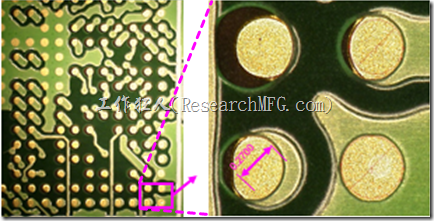
When we discover unknown contaminants on printed circuit boards assembly (PCBA) or electronic products, how do we determine what they are and where they come from? Do we rely on experience, or do we use scientific instruments for analysis? What methods are commonly used in the industry to detect and analyze contaminants?


 Recently, our company started a new project, and the R&D team has been pushing PCB layout requirements to the extreme. As PCBs size get smaller, the
Recently, our company started a new project, and the R&D team has been pushing PCB layout requirements to the extreme. As PCBs size get smaller, the 
